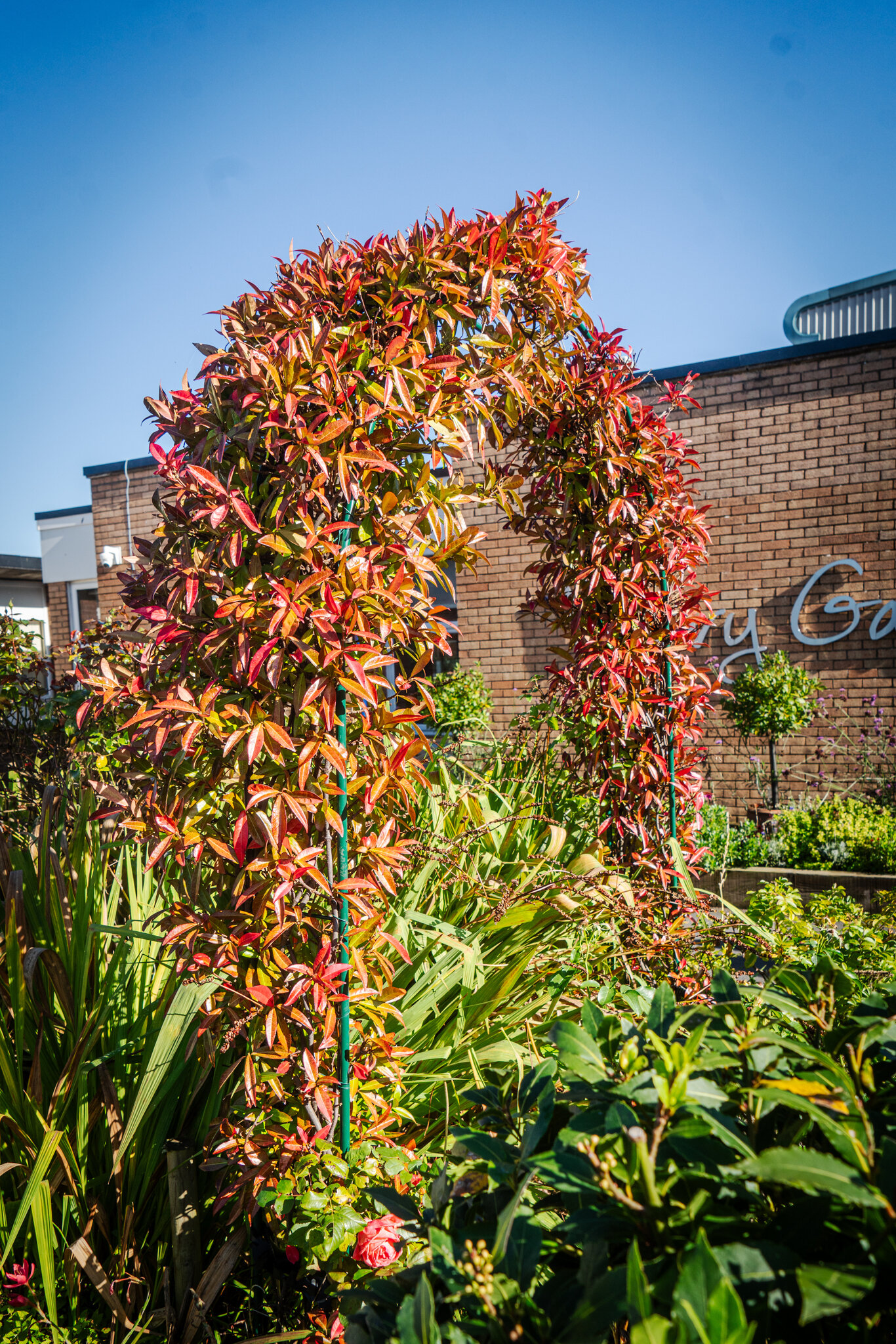Mr Farron's Compost Corner - Autumn Update 2024
16 October 2024

Priory’s gardens are our pride and joy and award-winning gardener Mr Farron wants to let parents and pupils know what to expect each month as the landscape changes.
Well, what an amazing year so far with extreme heat and floods of downpours!
It is a time now to plant and prep for the new season. This will include pruning and planting of various bulbs and re-siting of established trees and shrubs. I hope to soon finish the Priory Boulevard which now stretches along the west of the Priory Garden and will give colour and added fragrance overall to the area. The trees in particular are a variety of Salix which herald from Japan and are commonly known as Integra Hakuro-Nishiki which change colour throughout the seasons. I hope to shape them into parasols giving them a pleasant line and shape overall.
Plant Names
I will try to explain the origin of naming plants in detail:
Greek and Roman scholars lay the foundation of our method for naming plants. Their practice for naming and observing plants in detail was continued in the monasteries and universities of Europe, where Latin remained the common language.
They classified the naming of plants in two words in Latin form instead of adopting the descriptive phrases that had been in common usage among the botanists and herbalists of the day.
The first word was the name of the genus (e.g. Ilex) and the second was a specific epithet (e.g. Aquifolium). Together they provide a name by which a particular plant (species) could be universally known (Ilex Aquifolium, English or Common Holly). Other species in the same genus where then given different epithets (Ilex Crenata, Ilex Pernyi, Ilex Serata and so on).
The Meaning of Plant Names
A greater appreciation of botanical names may be gained by knowing something of their meaning. A name may be commemorative: The Fuchsia is an attribute to Leonhart Fuchs, a German physician and herbalist. Or the name may tell us something about physical character. Pelargonium derives from the Greek Pelargos (stalk) - an appropriate description of Stalks bills, and the Latin Parthenocissus Quique foliage made up of five leaves i.e. folium.
However, many plants today are given commercial names so as to improve the marketing and therefore sales ie, anniversaries, birthdays, occasions, remembrance and colour i.e. the rosa golden showers = golden anniversary.
The boulevard which I briefly mentioned now has a collection of various perennials and herbaceous plants which include: Geranium, Rudbeckia, Escallonia, Echinacea, Achillea, Coreopsis, Rhododendron, Lychnis, Echinops, Pittosporum and Hackuro-Nishiki. So hopefully, with care and good gardening, we will have a show of many fantastic plants throughout the seasons as they establish themselves.
To conclude, the
So thanks for reading and have a lovely Autumn!
PS As you may have observed, we have a new addition to our Mediterranean Garden – his name is Henry!
Many regards
Mr C Farron, Gardener
Priory in Bloom Academy
Honorary Member of the RHS
Winner of Britain in Bloom, North West in Bloom, South Ribble in Bloom and Penwortham in Bloom
Judge for South Ribble in Bloom and Penwortham in Bloom



